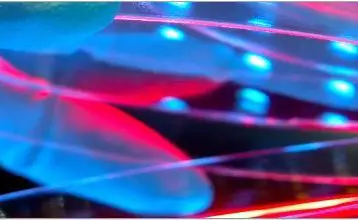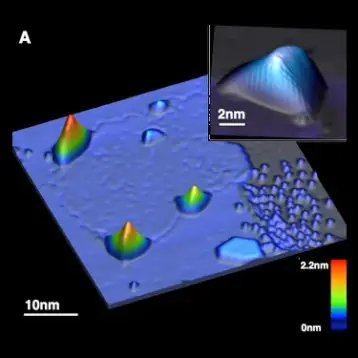|
“We are at the height of an information revolution and an enormous effort is being invested in improving technology for processing, transmitting, and storing information,” the researchers explain. “One of the most fascinating research areas is all-optical data processing, in which researchers explore systems that process optical data without having to convert it to electronic or digital data. These systems are expected to dramatically speed up data processing. In particular, there is a lot of interest in transmission and processing of images. One of the difficulties in implementing all-optical systems for image processing is the distortion that occurs to the images during their movement through open space due to diffraction. The more data the image stores and the higher its resolution, the faster the distortion is. In imaging systems, such as a camera or the eye, lenses are used in order to recover the original image, but such recovery depends on the quality and size of the lens and cannot be used in many cases.”
The discovered atomic diffraction-free medium is called “electromagnetically induced transparency medium.” Containing a diluted vapor of atoms at room temperature, it allows images to travel at a speed that is 100,000 times slower than the speed of light and utilize the thermal movement of the atoms in order to “drag” or “push” the light moving through them. According to the researchers, by “fine-tuning” the nature of interaction between atoms and light, they have succeeded to cause the atoms to push the diffracted light rays back onto their original path. This way, any image moving through such “thermal medium” will remain intact, unaffected by otherwise unavoidable distortions.
|
The scientists say their new technology can pave its way into many future applications, including optical correlation techniques, which aim to enable automatic identification of patterns, such as objects or people, in images. “For this purpose, it is necessary to slow down the image movement and prevent distortion caused by diffraction” – explain the scientists. “In addition, by this means, it is possible to trap light rays in a small area inside the atomic vapor. For optical microscopes, diffraction is one of the main limitations and preventing it will enable the improvement of the microscopes under certain conditions.”
This research has been conducted by a team of scientists from the Technion, which includes doctoral student Ofer Firstenberg, Dr. Moshe Shuker, and Professor Amiram Ron, in collaboration with Professor Nir Davidson of the Weizmann Institute.
More information on the Technion research can be found here.












